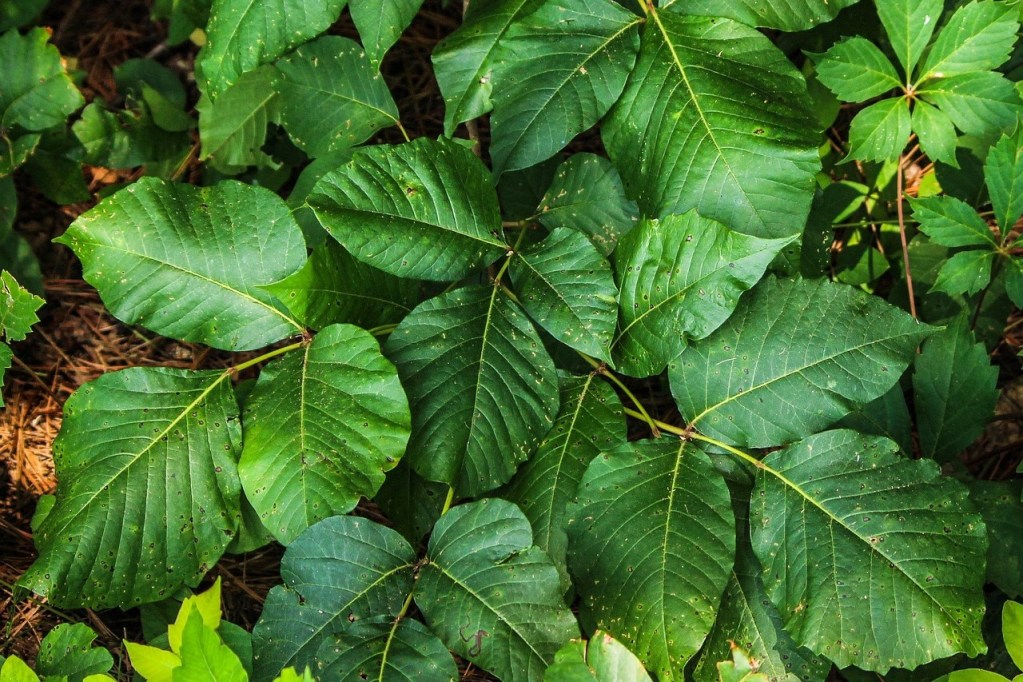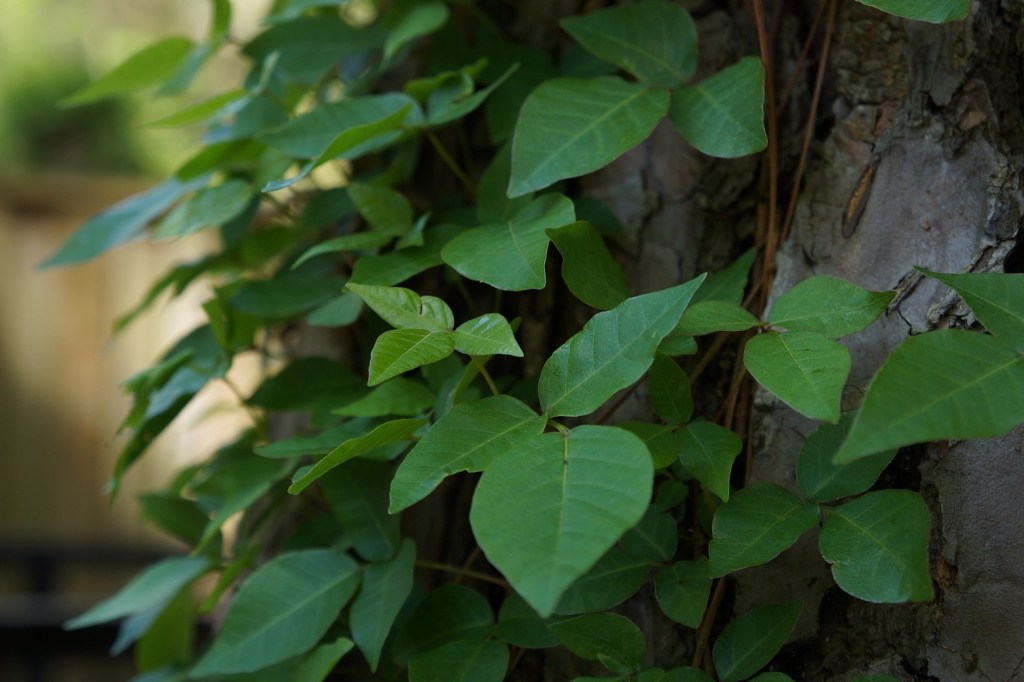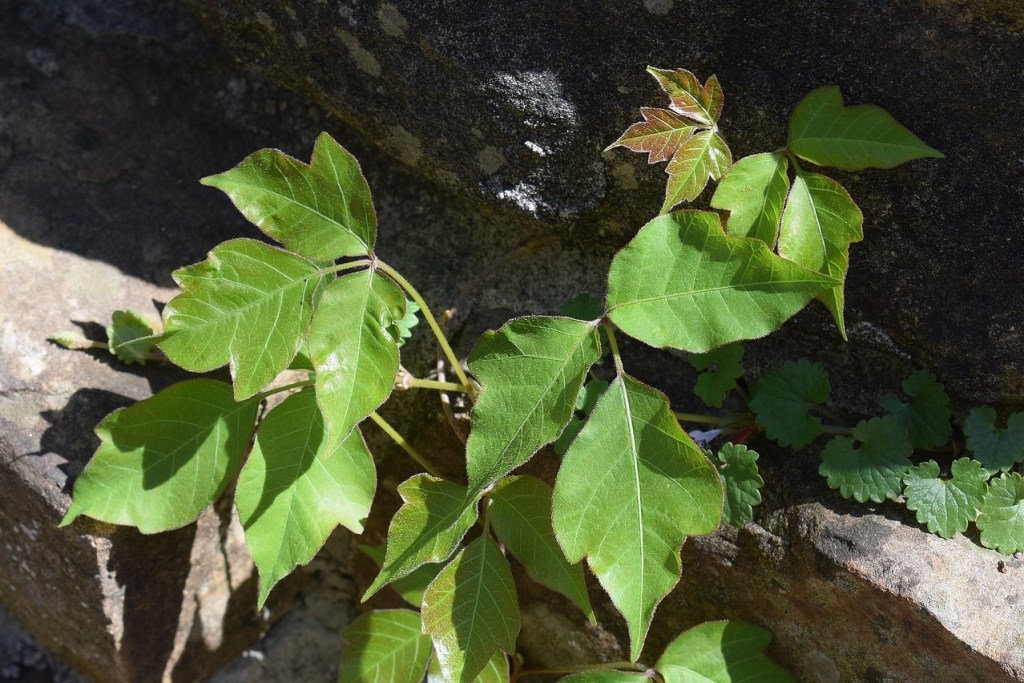
When you’re out in your yard or garden, there’s always a risk of encountering an irritating plant. Whether the irritation is emotional, as with stubborn weeds, or physical, like accidentally grabbing a thorny vine, it isn’t fun. One particularly irritating plant is poison ivy, which is both stubborn and can irritate your skin. If you need to know how to get rid of poison ivy, this is the guide for you.

Protecting yourself from poison ivy
Before tackling the poison ivy in your yard, here’s how to protect yourself from it:
Step 1: Cover as much skin as possible.
This includes long sleeves, pants, close-toed shoes, and gloves. Cotton or vinyl clothing offers the best protection, as it stops the irritating oil from reaching your skin. Latex doesn't stop the oil, so avoid latex gloves.
Step 2: Wear a hat if the poison ivy is growing up high.
Step 3: Make sure you have poison ivy treatments stocked.
Calamine lotion, cortisone cream, and antihistamines are good to have on hand, just in case you come into contact with poison ivy.

How to get rid of poison ivy
Once you’re dressed appropriately, here’s how to get rid of poison ivy from your garden or yard:
Step 1: Cut the bulk of it with shears, setting the cut vines in a pile to the side.
Step 2: Dig up as many of the roots as possible with a shovel or trowel.
Step 3: Spray a weed killer or a soap and vinegar solution over the area to keep them from returning.
Keep in mind that these solutions will also harm any other nearby plants as well.

Cleaning up afterward
It’s important to properly dispose of the poison ivy and clean up afterward: Here’s what to do:
Step 1: Put all cut pieces of poison ivy in a trash bag and throw it away.
Do not compost or burn the poison ivy. Composting the vines will spread their irritating oil to your compost, while burning them releases those oils into the air, which could cause severe respiratory problems.
Step 2: Place your clothes in a bag.
Avoid touching the outside of the clothes. The bag will help you transport the clothes and load the washer without touching them.
Step 3: Wash all clothes in hot water with laundry detergent in a load separate from other clothing on the longest setting possible.
Be careful when loading them not to touch the clothes or let the clothes touch the outside of the washer. Instead, tip the bag into the washer, dumping the clothes in without touching them. If you are using a reusable bag, make sure to wash it, too.
Step 4: Wash any skin that came into contact with the poison ivy with soap and cool water.
Step 5: Use rubbing alcohol to sanitize all tools you used.
Step 6: Apply oil to the tools after drying to prevent rust.
Now that you know how to get rid of poison ivy, you’re ready to make your yard or garden a safe place to relax. The oil in poison ivy that irritates skin transfers easily and lingers for a long time, which makes it a challenge to safely remove. However, with careful planning, you can keep your garden free from poison ivy.



